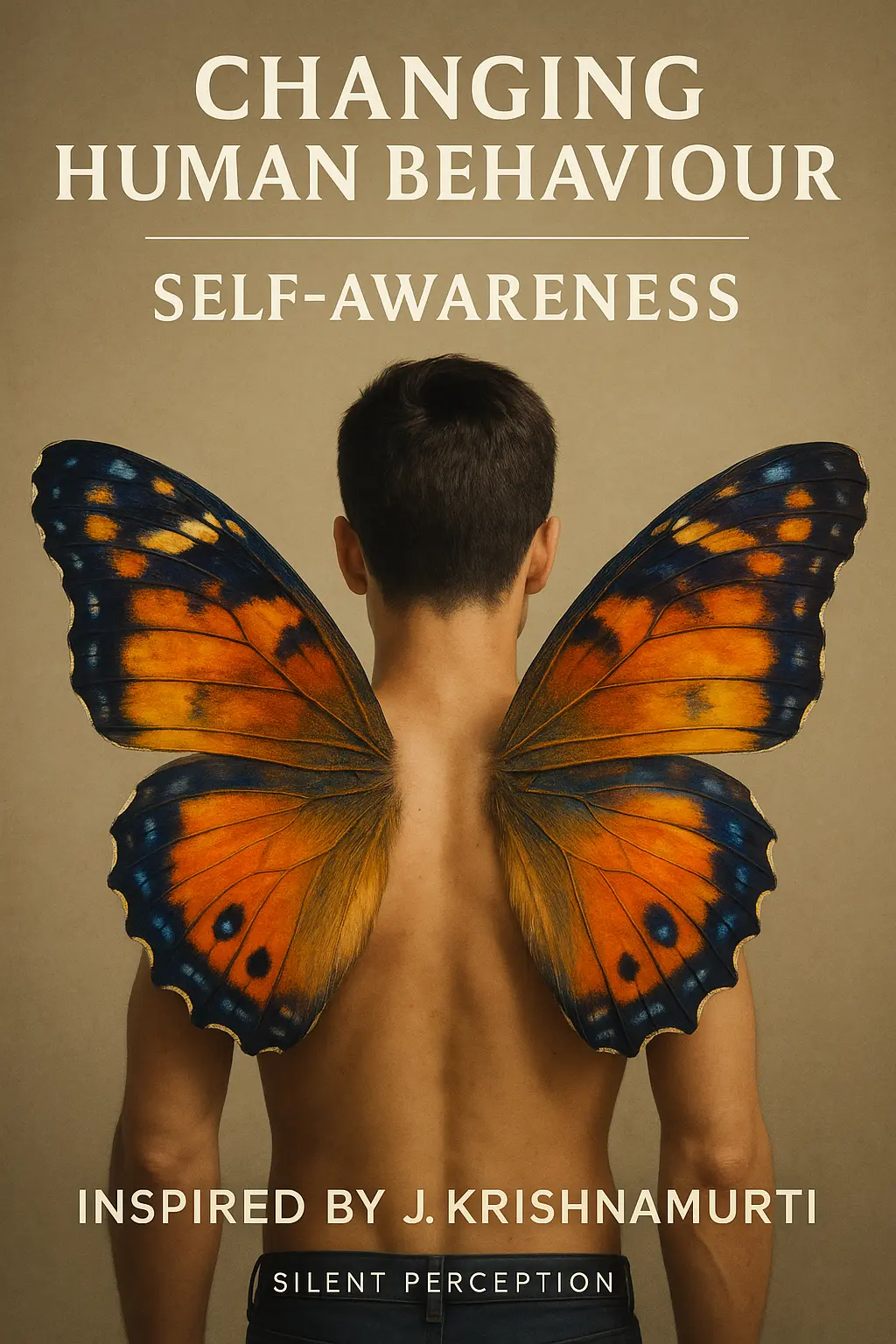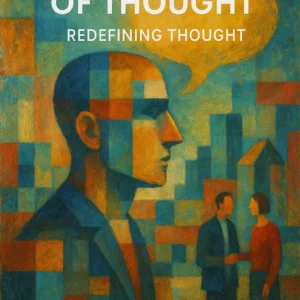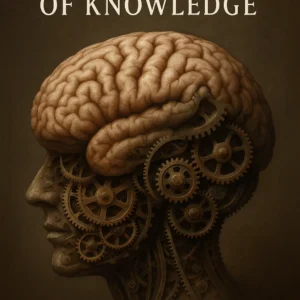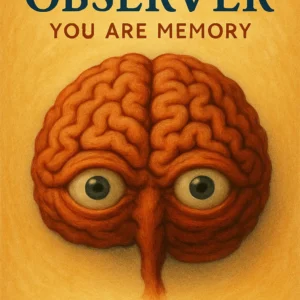Description
Changing Human Behaviour: Self-Awareness
Real change doesn’t come from control — it comes from perception.
Why is it so difficult to change the way we behave? Why do our best efforts — strategies, goals, and self-discipline — so often fail to produce real transformation?
In Changing Human Behaviour: Self-Awareness, the process of change is explored from the ground up. This book reveals that behaviour is not something we control — it is something we express. Our responses, emotions, and patterns of action are shaped by our conditioning, and the key to transformation lies not in controlling behaviour, but in understanding the knowledge that drives it.
What you’ll discover:
- Why behaviour is a direct expression of conditioning
- Why our current approach — solving problems by imposing solutions — inevitably fails
- How the desire to escape from emotion creates more disorder
- Why you cannot escape from what you are
- A new approach to change that begins with simple observation, not effort
- How understanding changes knowledge, and changed knowledge changes behaviour
- Why true transformation requires no method, no theory — only direct perception
This book is not about techniques. It does not offer a new system of behaviour change to follow. Instead, it presents a clear and radical insight: that observing a problem is understanding the problem — and understanding is the transformation.
When the mind sees clearly, it no longer needs to act through conflict. Self-awareness is the beginning of change.
For readers interested in the teachings of J. Krishnamurti, David Bohm, or the nature of perception and conditioning, Changing Human Behaviour: Self-Awareness offers a fresh and insightful approach to human transformation — not through will, but through clarity.





Reviews
There are no reviews yet.